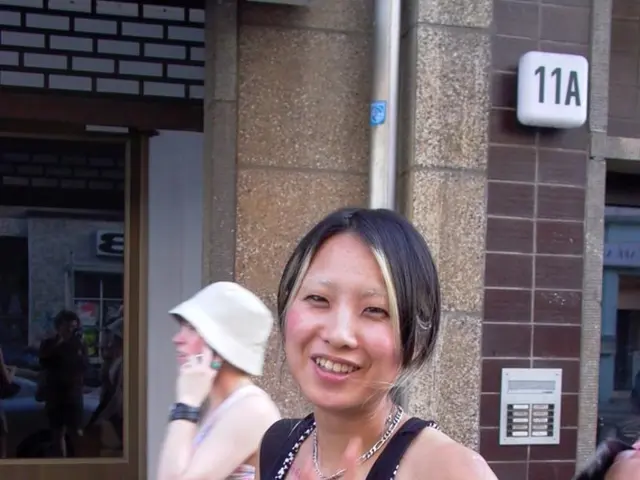Exploring for thrills? Experience the hill-tribe trek in Vietnam
In the heart of the mountainous jungles of Hoa Binh province, some 80 miles southwest of Hanoi, lies the picturesque village of Pu Bin. Home to the White Thai people, the predominant ethnic group in the region who originate from southern China, Pu Bin is a unique destination that offers a glimpse into a traditional way of life.
The village, nestled among fig and alder trees, boasts jagged karst formations rising from flooded rice paddies, and the Ma River winds its way through the valley, passing by orchards of dragon fruit and mango trees. The local tipple in Pu Bin is home-brewed rice wine, which Ha Teung, a local artisan, is more than happy to offer to visitors.
Ha Thi Hong, an elderly woman and the leader of the village Keeng Long dancing team, is a testament to the rich cultural heritage of Pu Bin. Her shiny, obsidian-colored teeth are a result of a blackening tradition that adds a unique touch to her performances. The traditional bamboo dance she leads is a spectacle that welcomes visitors to the village, helping to preserve authentic cultural traditions.
The community tourism project in Pu Bin aims to provide a new source of income due to the area only getting one rice harvest per year, unlike the Mekong Delta which gets three. The Community-Based Tourism Project Nhà Của Bin has been developed to offer authentic experiences that support the community by involving locals in tourism activities, such as homestays, cultural demonstrations, and traditional crafts, which generate income for residents and help preserve their cultural heritage.
Over the past decade, efforts led by local and hospitality professionals have enhanced sustainable tourism practices that benefit the community economically while fostering pride and continuation of local customs. Tourism is helping to revive cultural traditions that were in danger of dying out. For instance, Ha Heung, a resident of the village, catches golden apple snails using a net on a long stick, a practice that has been passed down through generations.
The stilt house visited in Pu Bin has essential rural features like a rice paddy, a water buffalo, and a satellite dish. The stilt house owner, Ha Luong, explained that the house is a hangover from the time when tigers needed to be kept from entering houses at night while people slept.
The community tourism project in Pu Bin is a growing initiative that contributes to the local economy and cultural sustainability by enabling visitors to experience authentic village life and supporting local participation in tourism. While direct detailed statistics on economic impact are not provided, community tourism generally increases local income through visitor expenditures on accommodation, food, crafts, and guided services, thereby improving livelihoods. Culturally, it helps maintain traditions by creating incentives for younger generations to continue customary crafts and cultural performances.
In the valley, danger lurks in the form of heartbreak grass, snakes (including king cobras and pit vipers), and tigers. But for the residents of Pu Bin, the benefits of community tourism far outweigh the risks. As Ha Thi Hong leads her dancing team, the rhythm of the bamboo dance echoes through the valley, a testament to the resilience and spirit of the White Thai people.
- The village of Pu Bin, home to the White Thai people, offers visitors a unique opportunity to experience traditional community lifestyle and cultural heritage amidst the stunning landscape of forests, fig trees, and flooded rice paddies.
- As a part of the Community-Based Tourism Project Nhà Của Bin, locals in Pu Bin provide authentic experiences such as homestays, cultural demonstrations, and traditional crafts, thereby generating income and supporting the community's economic development.
- Adventure-travelers and cultural enthusiasts can explore the heart of the Hoa Binh province, discovering the traditional bamboo dance led by Ha Thi Hong and her dance team, as well as other captivating customs passed down through generations.
- By participating in the community tourism project, visitors contribute not only to the regional economy but also to the preservation of the White Thai people's cultural traditions, ensuring their continuation for future generations.




